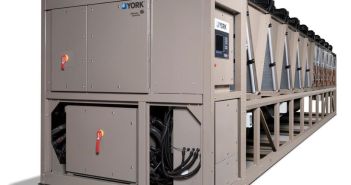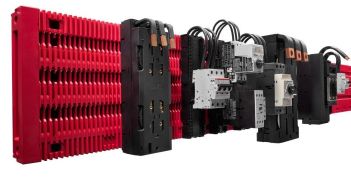In today’s digital age, even short periods of downtime can result in significant financial losses. IT outages can cause production halts, disrupt supply chains, and frustrate customers. However, what if IT systems could self-heal, automatically detect errors, and adapt without human intervention? This is where Site Reliability Engineering (SRE) comes into play – an innovative approach that ensures stability and scalability in modern IT landscapes. With SRE, companies can significantly reduce system outages through automated error analysis and preventive maintenance, improving the reliability of their IT systems and avoiding costly downtime.
Table of Contents: What awaits you in this article
Achieve Scalability and Resilience: The Power of SRE
SRE is a methodology that combines software development and IT operations to ensure that systems are scalable, resilient, and efficiently automated. Originally developed by Google, this approach is now widely adopted by many companies to optimize IT processes, reduce maintenance costs, and minimize operational disruptions.
Automated error analysis and preventive maintenance reduce system downtime
Through the use of automated error analysis and preventative maintenance, companies that adopt SRE can significantly reduce system failures. This leads to improved reliability of IT systems and the avoidance of costly downtimes.
Dynamic IT resource adjustment with SRE optimizes system scalability
Site Reliability Engineering (SRE) enables dynamic adjustment of IT resources to handle peak loads, optimizing system scalability and eliminating bottlenecks. By automatically scaling up or down based on demand, SRE ensures efficient resource utilization and improved performance during high-demand periods.
Clear Service Level Objectives (SLOs) Enhance Collaboration and Efficiency
Collaborative improvement: By establishing clear Service Level Objectives (SLOs), development and operations teams can efficiently work together to improve systems. This promotes collaboration and increases efficiency within teams, ultimately leading to better overall performance and productivity.
The Future of SRE: Intelligent Self-Healing IT Systems
Site Reliability Engineering (SRE) is constantly evolving and presents exciting prospects for the future. It is paving the way for highly intelligent, self-healing IT systems that can automatically detect and resolve issues. These advanced systems have the potential to revolutionize the way businesses operate by significantly reducing downtime and increasing system reliability.
Early anomaly detection and automated response through machine learning
By incorporating machine learning, anomalies can be detected early on and countermeasures can be automatically initiated. This proactive approach allows potential sources of errors to be identified and addressed beforehand.
Self-healing systems enhance IT stability and availability
In the future, systems will have the ability to automatically repair themselves even before any visible errors occur. This advancement in technology will greatly enhance the stability and availability of IT landscapes. By proactively identifying and addressing potential issues, organizations can ensure uninterrupted operations and minimize downtime. This self-healing capability will revolutionize the way IT systems are maintained and will significantly improve the overall performance and reliability of digital infrastructures.
Strengthening IT Security: SRE and Automated Security Checks
Site Reliability Engineering (SRE) integrates automated security checks to proactively defend against cyber attacks, enhancing the overall security of IT systems and reducing potential vulnerabilities. By combining SRE practices with continuous security monitoring, organizations can quickly detect and respond to threats, minimizing the risk of data breaches and unauthorized access.
SRE: A Key Technology for Scalable IT in Global Networks
With the increasing number of connected devices, Site Reliability Engineering (SRE) is becoming a key technology for scalable IT processes in globally distributed networks. By harnessing the benefits of the Internet of Things (IoT), companies can optimize their IT infrastructure and adapt it to meet the demands of a connected world.
Invest in Site Reliability Engineering for Long-Term Stability
IT outages not only pose a threat to competitiveness but also result in financial losses. By investing in Site Reliability Engineering (SRE), companies can ensure long-term stability and foster a culture of innovation within their organization.
Site Reliability Engineering (SRE) has become a necessity for companies that view IT as a strategic success factor. By embracing SRE, organizations can ensure their resilience, security, and scalability in an ever-changing digital landscape. Thomas Pause, Head of IT Infrastructure & Software Engineering at SALT AND PEPPER, emphasizes that companies who adapt to this shift will be well-prepared for the challenges of the future.
SALT AND PEPPER offers tailored Site Reliability Engineering (SRE) solutions to guide companies towards scalable and resilient IT systems for sustainable digital transformation. With their expertise, they assist businesses in optimizing their IT landscapes to ensure long-term stability and reliability.
Leveraging Site Reliability Engineering for Stable and Scalable IT
Site Reliability Engineering (SRE) offers a range of benefits for companies seeking stable and scalable IT solutions. By automating error detection, optimizing scalability, and improving collaboration, businesses can enhance their IT infrastructure and ensure long-term stability. The future of SRE lies in highly intelligent, self-healing systems, as well as increased integration of AI and security measures. Taking action now allows companies to be well-prepared for the challenges of the digital future.














